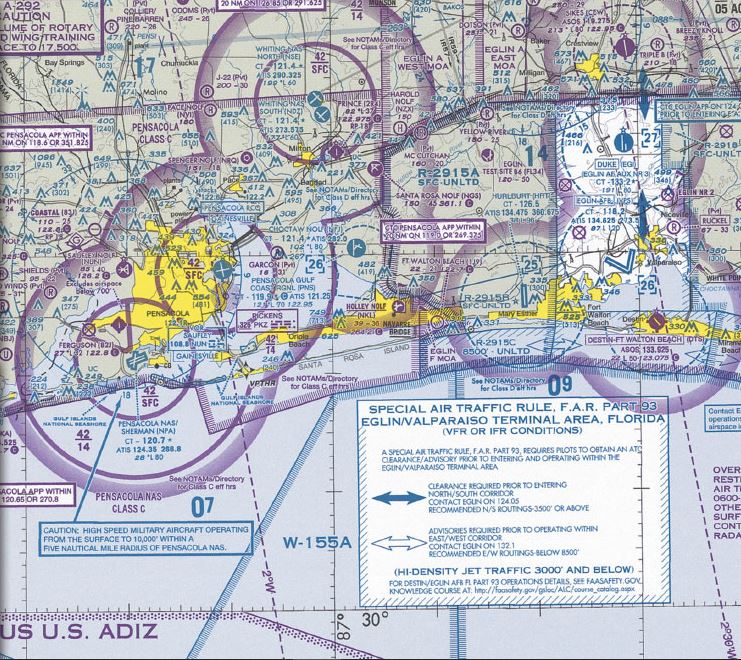For beginner pilots, airspace may seem a very complicated topic because to become a good pilot, you need to understand the rules in the sky in a different kinds of Airspace.
What do we understand by Airspace?
Airspace is simply a part of the atmosphere which is controlled by a country above its territory,
It actually includes any particular 3D portion of the atmosphere which means it has vertical and horizontal limits in the atmosphere.
Airspace can be anywhere over the water, cities, lands, mountains. It is designed by their own sovereign countries but they must all comply with international standards.
DIVISION OF AIRSPACE
- Controlled Airspace: The Air traffic controller has executive control of all aircraft flying in this kind of airspace. ATC does not, however, necessarily monitor traffic operating under VFR.
- Uncontrolled Airspace: ATC does not exercise any executive authority in this kind of Airspace. The pilot could act in an advisory fashion to fly in this airspace.
- Controlled airspace can have different Classes.
Classes – A, B, C, D, E
- Uncontrolled airspace
Classes – G
Each airspace has its own rules of operation of any aircraft. A pilot can’t just fly in and out of any airspace without knowing its classification. It is important to obtain a certain pilot qualification to enter and exit certain types of airspace. For example, student pilots cannot enter class B without the approval of ATC and the aircraft must also be equipped with certain transponder types.
How can you memorize Classification of Airspace as a beginner pilot?
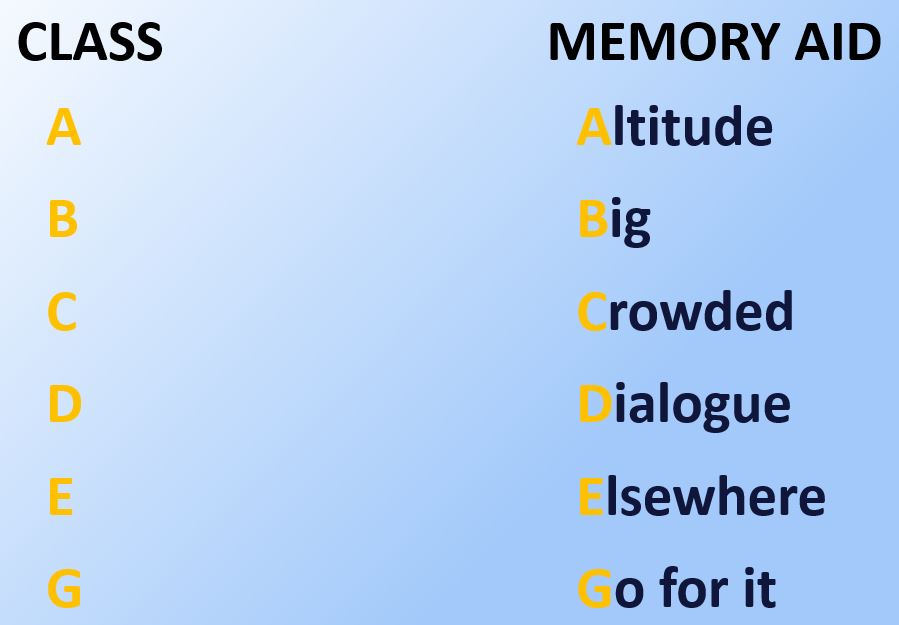
When you see Class Alpha airspace in the map, think about Altitude, you may need to fly 18000 feet above and you also need to be IFR rated, instrument equipped aircraft with IFR flight plan. As a pilot you will never fly VFR (Visual flight rules) in Class A airspace. This Is generally the airspace from 18,000ft. MSL and It goes up to and including FL600. All the aircraft fly in this airspace are mostly Airliners and corporate jets.
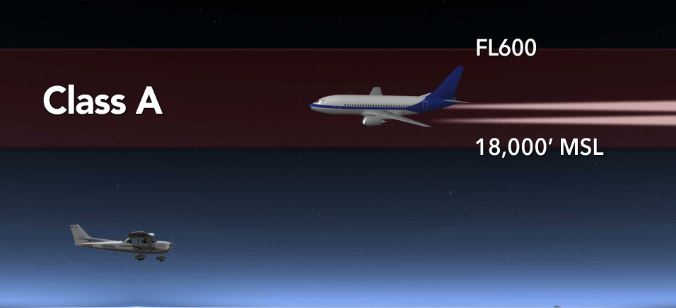
When you see Class Bravo airspace in your navigational chart, you may consider Class B has big and busiest commercial airports and big airplanes flying around. This airspace constantly taking care of airliners and business jets arriving and departing from an airport every now and then. Flying IFR and VFR are common in this airspace and that is why the airspace requires certain equipment in the aircraft such as Mode C or Mode S transponder and two-way communication for all pilots. The controllers are also very busy most of the time sequencing aircraft in and out using Radar service. This kind of airspace has an Approach and departure control for IFR aircraft. All Pilots flying IFR or VFR need clearance or permission to enter Class B airspace.
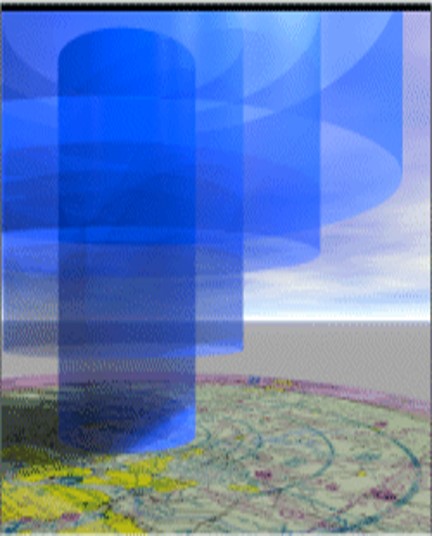
When you fly in Class Charlie airspace, let’s think Crowded/ Congested airspace, this airspace is also busy. They also have a mix of VFR and IFR traffic in and out of an airport. ATC also helps you with the Radar facility here and guide you to sequence to the airport inbound or outbound. You also need to communicate with the ATC. Pilots normally need to establish two-way communication to enter and exit Class C airspace. However, with two-way communication established, ATC can still see your position and altitude by your aircraft’s Mode C transponder. You may not need Clearance to enter Class C airspace as long as you have established two-way communication.
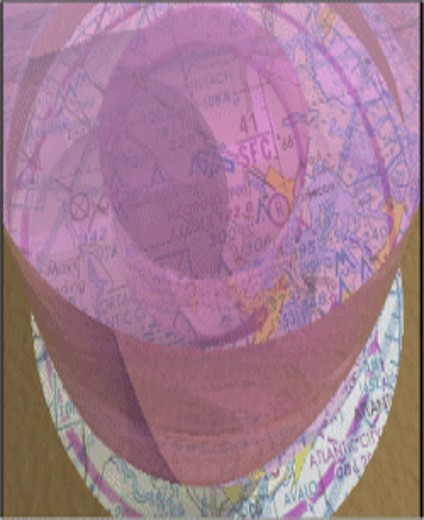
When you fly in Class Delta airspace, think about “Dialogue”. This means you should know it has a control tower and you need to constantly talk to them before you enter or exit Class Delta airspace, but this kind of airspace doesn’t usually have Radar service. They are also not so busy and that is why you might not need to use any mandatory approach and departure control. Tower frequency is enough in Class D airspace and ATC manages all the traffic visually.
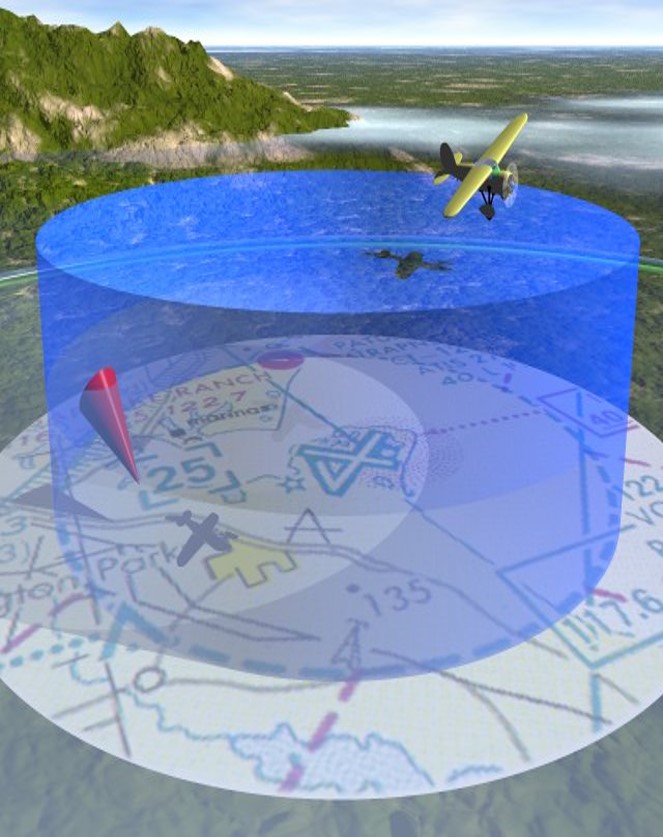
Flying in Class Echo airspace, let’s think Elsewhere because it is everywhere else, it’s all the other control Airspace. Basically, you can say, the airspace which is not Class A, B, C, D, or G, but you still want to be controlled by ATC, is called Class Echo. It’s a bit tricky and most of our flying occurs in Class E airspace. Looking at a Class E airspace map, as a pilot you will find, it begins at different altitudes in different Class E airspace maps. This kind of airspace is basically designed to separate IFR traffic from VFR aircraft.
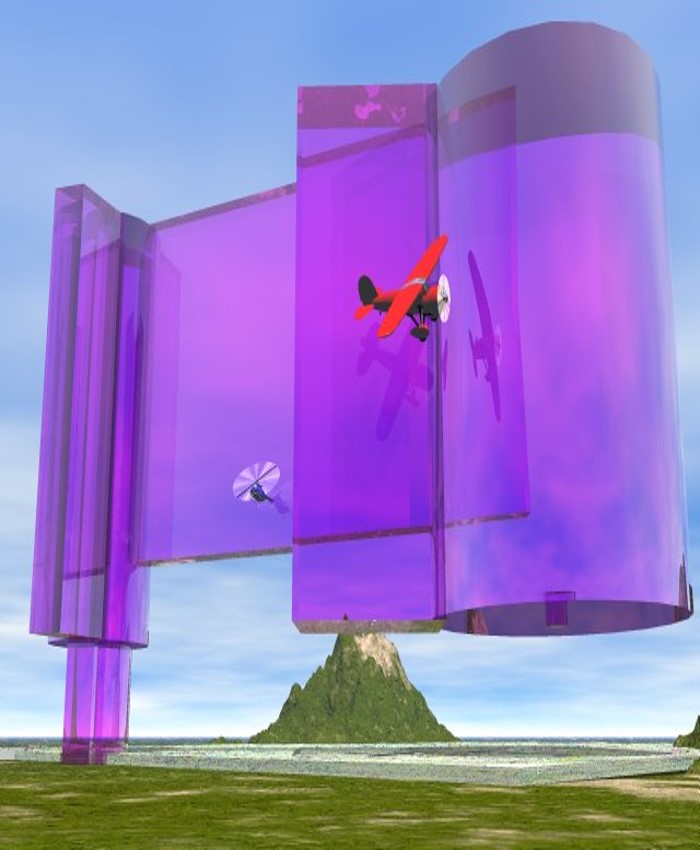
Now the only uncontrolled airspace which is Class Golf airspace, let’s memorize this as “GO for it” because it is uncontrolled, you can fly there without talking to anybody. It’s more fun! But always be visual with traffic if you fly VFR. The aircraft do not need any clearance to fly in Class G airspace.
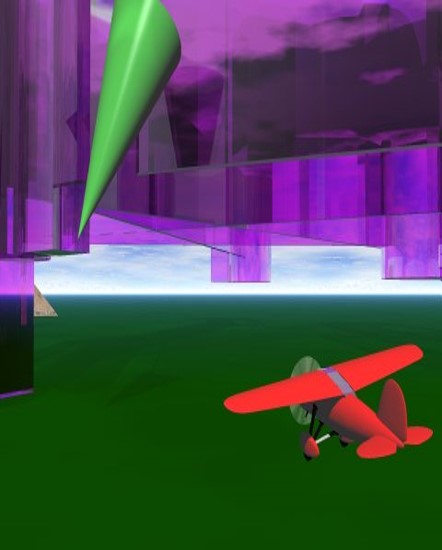
These are just the fundamental elements of airspace classification. In my other blogs, I will talk about more details on each airspace. let’s wait for my next blogs.
